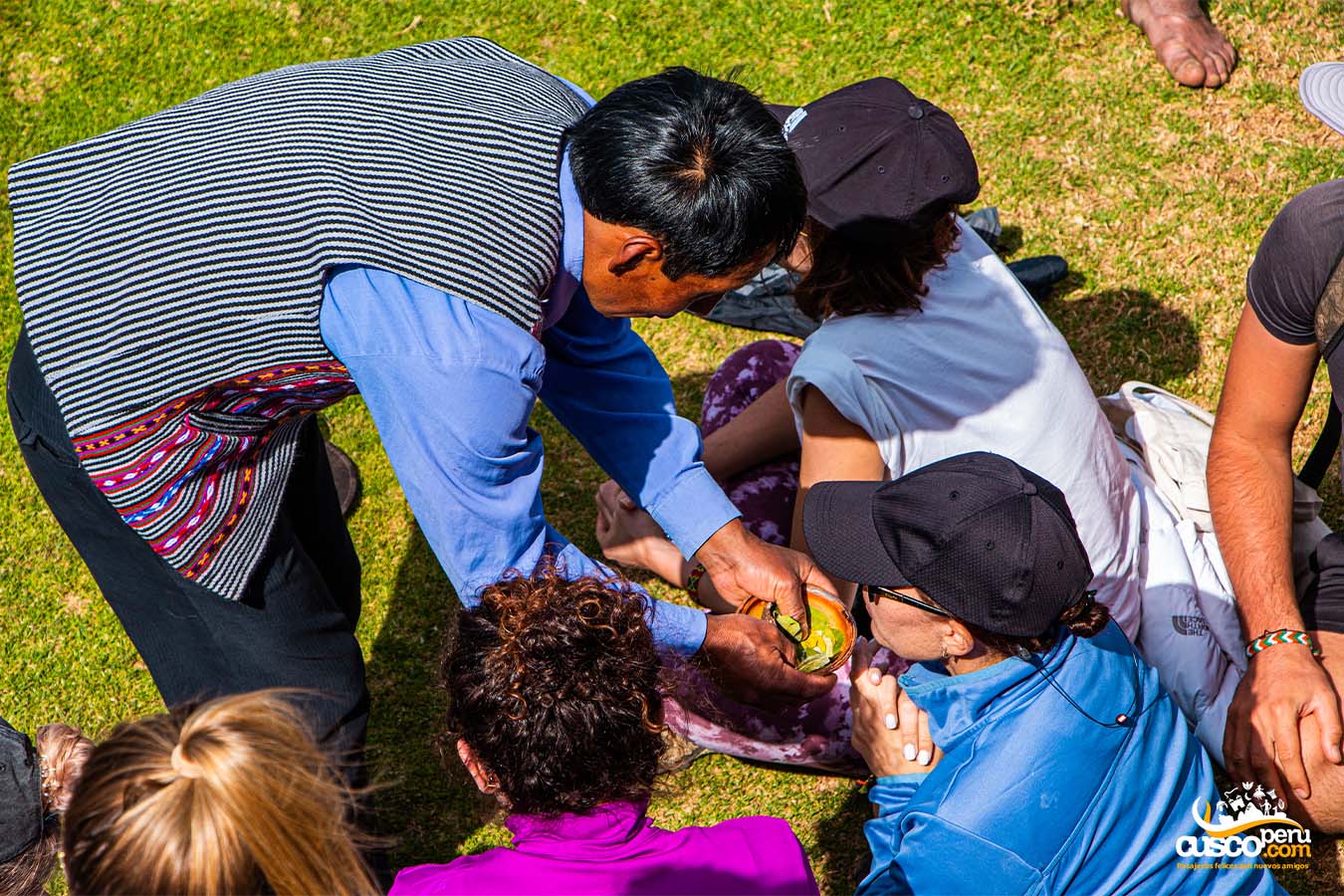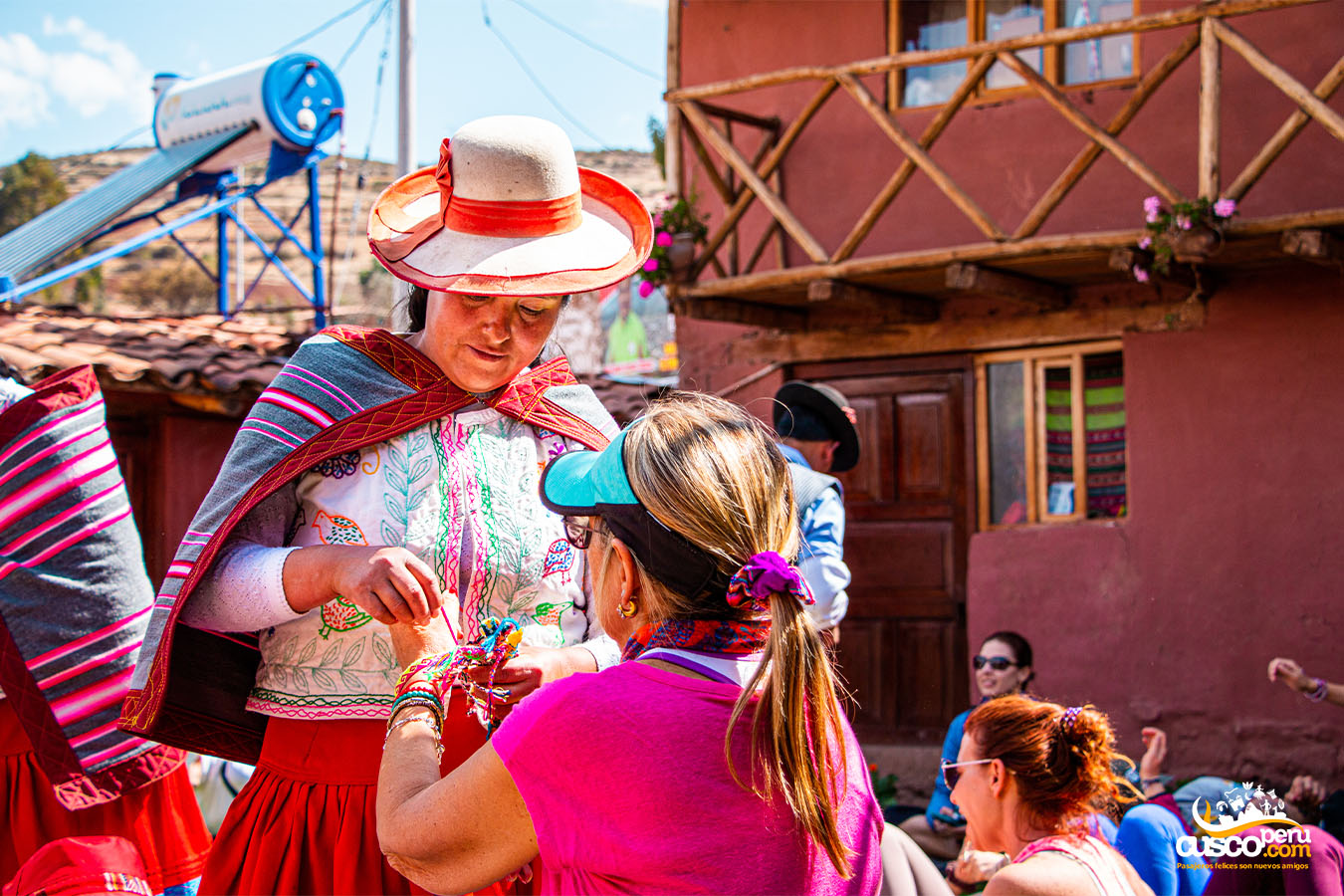
Experiential Tourism is based on transforming the tourist from a mere observer to an inclusive part of the lives of the residents of the places they visit.
Whether by assisting in their daily chores or sharing their customs, Experiential Tourism provides experiences that are hard to encounter in traditional tourism. Additionally, it fosters a very pleasant effect of spontaneous solidarity.

In this form of experiential tourism, travelers actively engage in the agricultural and livestock activities of the community. They participate in collaborative tasks and also enjoy authentic local experiences such as typical cuisine, traditional music, walks, interactions with locals, and excursions.
It is relevant to note that the natural environment of Cusco offers ideal conditions for this type of tourism, with landscapes worthy of being captured in photographs and videos, which possess a rich cultural background.
Ecotourism is dedicated to preserving both the natural and cultural environments, allowing tourists to enjoy, admire, and learn about all natural elements (such as landscapes, flora, and wildlife) and cultural expressions present in the place they visit. Beyond its focus on preservation, ecotourism has an educational component and promotes that local communities living in areas with valuable natural resources become their most fervent guardians. This translates into active participation of the residents alongside tourists.
Visitors engage in support activities to benefit the community they are visiting. In Cusco, there is a variety of options available; it is important to consider factors such as language, available time, and personal skills before making a decision, to ensure a rewarding and fulfilling experience during their stay.
Interacting with organizations that offer these services involves coordinating with community members, including aspects such as accommodation and food. These are also important factors to consider when making a decision.

Raqchi is a village located on the banks of the Vilcanota River, in the district of San Pedro, south of the city of Cusco. Previously known as “Cacha” during the pre-Hispanic era, this place served a variety of purposes, including spaces like canchas (residences), wayranas (buildings with three walls), qolqas (storage facilities), and different types of urns. It is presumed to have played an important role as a tambo on the route to Collasuyo.
Willoq is an Andean indigenous community located in the Patacancha River Valley, within the district of Ollantaytambo, in the province of Urubamba, Cusco. In this community, the direct descent from the last Incas still persists, a fact that can be confirmed through the current surnames of its inhabitants, such as Yupanqui, Sinchi, Pukha, Huamán, Cusipáucar, Tupha, among others.
Recognized as the last Ayllu of the Incas, this place is located in the province of Paucartambo, in the department of Cusco. In Q'eros, Inca traditions are preserved, including crafts, traditional medicine, festivities, rituals, communication through quipus, and the close connection with the land and the mountains. The inhabitants are known as "Altomisayoq" due to their ceremonies of homage to Pachamama.
Umasbamba is located a 50-minute drive from the city of Cusco, specifically in Chinchero. Here, visitors have the opportunity to engage in various activities including performing daily tasks alongside community members, herding animals, harvesting vegetables, learning to spin, and other similar activities.
Misminay, a hidden gem in the mountains of Cusco, offers a unique experiential tourism experience. In this community, living together is at the heart of the experience. The locals welcome you with open arms, sharing their ancestral traditions and sustainable lifestyle. From working in the fields to learning weaving techniques, every moment strengthens the bonds between visitors and residents. Shared meals are a celebration of local culture, and walks along nearby trails offer breathtaking views. In Misminay, living together becomes an enriching exchange of knowledge and friendship.


Happy passengers